This new drone can turn a dark night sky into daylight in a few seconds
The Flying Sun 1000 is exactly what its name implies: a very powerful light source that flies. It is not as strong as the sun, but fitted with a powerful 3,333-watt light source—the equivalent of a typical flood lamp in a stadium—it is enough to turn night into day instantaneously.This drone is aimed at commercial and government users for the rapid deployment of industrial-level lighting solutions, such as construction and engineering jobs, area security, and disaster relief efforts that require 24-hour operation. A single operator can deploy the Flying Sun in minutes, instantly illuminating as much as 130,000 square feet.According to its manufacturer, Freefly Systems, the drone solves the problem of having to use traditional light towers for illumination. The Woodinville, Washington-based company designs and builds camera movement systems and stabilizers for cinematography. It says these are bulky, slow, and costly to set up, often leaving gaps in area coverage. But since the drone-mounted spotlight can move around, the Flying Sun can provide continuous aerial lighting that moves with work crews and rescue teams as they progress through an area. Furthermore, by eliminating the need for extensive installations of towers and cabling on the ground, the Flying Sun avoids risks in disaster areas, where there’s often flooding and other potential electrical and trip hazards. The company also points at a less critical but potentially game-changing use: lighting for film and television productions, which can benefit from the drone’s ability to “turn night into day” in a split second.Not like a helicopterPerhaps a spotlight doesn’t sound like a game changer for these industries. After all, you can light up the ground using a helicopter and a spotlight. But helicopters have huge associated costs and generate thundering noise and wind (not to mention that their operation time is limited). The Flying Sun can fly tethered to a power source in the ground—a 5kW generator, batteries, or electric vehicle will work—which allows it to fly virtually forever. This is a lot of power, so the drone’s lamps get hot. Freefly says it designed a system in which the LED light panels are kept cool by the drone operation itself. It utilizes the downwash from the Alta X drone’s propellers to actively cool the LED lights. This efficient cooling system is crucial for enabling the LEDs to operate at high power levels without overheating, which could damage the components or reduce their life span. This effective thermal management contributes to the manufacturer’s claim of “thousands of hours between light service.” [Image: Freefly Systems]How bright is it?The system consists of four panels of 72 LED lamps mounted on an Alta X heavy-lift quadcopter, an industrial drone platform manufactured by Freefly Systems. That’s a total of 288 high-power LED lamps that can generate an astonishing 300,000 lumens, which is a typical amount for modern LED lights used in football stadiums, baseball fields, or large concert venues.The Flying Sun’s lamp array offers a 60-degree spotlight, which translates into a wide coverage area even at low altitudes. At about 100 feet, the system covers approximately 14,000 square feet at 10 foot-candles, which is the typical lighting of a hallway or a mall parking lot (for comparison, urban street lighting goes from 2 to 5 foot-candles). That’s enough intensity to work seamlessly as if in daylight. As the drone gets higher, the coverage area gets wider. But that comes at the expense of light intensity: At 316 feet, the drone will light a 137,000-square-foot area but only at 1 foot-candle (more than moonlight, less than a streetlight). So while it is dim, it’s usable. And there’s the option of combining several Flying Suns to cover more area with more intensity. Granted, at $60,000 a pop—including the tethered power cables and control system—that won’t be cheap. But it beats the cost of the installation of posts and flood lamps. While the Flying Sun 1000 drone may have higher up-front costs (10 lamps and poles cost about $20,000), it offers significant long-term savings due to lower operational expenses, reduced labor (there’s no setup crew required), and minimal maintenance. The drone also provides superior coverage, instant repositioning, and enhanced safety by eliminating ground hazards. While traditional systems are cheaper for small, fixed installations, this drone—or similar solutions—will be the best choice in dynamic environments like emergency response, construction, or large-scale events, where mobility, rapid deployment, and energy efficiency outweigh initial investment. Also, the drone will have a lower environmental impact, since no installation and removal are required. The more I look at the video, the more it feels to me like this is the typical “how the hell didn’t anyone think about this until now” idea that is both brilliant and truly game-changing for a lot of industries.

The Flying Sun 1000 is exactly what its name implies: a very powerful light source that flies. It is not as strong as the sun, but fitted with a powerful 3,333-watt light source—the equivalent of a typical flood lamp in a stadium—it is enough to turn night into day instantaneously.
This drone is aimed at commercial and government users for the rapid deployment of industrial-level lighting solutions, such as construction and engineering jobs, area security, and disaster relief efforts that require 24-hour operation. A single operator can deploy the Flying Sun in minutes, instantly illuminating as much as 130,000 square feet.
According to its manufacturer, Freefly Systems, the drone solves the problem of having to use traditional light towers for illumination. The Woodinville, Washington-based company designs and builds camera movement systems and stabilizers for cinematography. It says these are bulky, slow, and costly to set up, often leaving gaps in area coverage. But since the drone-mounted spotlight can move around, the Flying Sun can provide continuous aerial lighting that moves with work crews and rescue teams as they progress through an area.
Furthermore, by eliminating the need for extensive installations of towers and cabling on the ground, the Flying Sun avoids risks in disaster areas, where there’s often flooding and other potential electrical and trip hazards.
The company also points at a less critical but potentially game-changing use: lighting for film and television productions, which can benefit from the drone’s ability to “turn night into day” in a split second.
Not like a helicopter
Perhaps a spotlight doesn’t sound like a game changer for these industries. After all, you can light up the ground using a helicopter and a spotlight. But helicopters have huge associated costs and generate thundering noise and wind (not to mention that their operation time is limited). The Flying Sun can fly tethered to a power source in the ground—a 5kW generator, batteries, or electric vehicle will work—which allows it to fly virtually forever.
This is a lot of power, so the drone’s lamps get hot. Freefly says it designed a system in which the LED light panels are kept cool by the drone operation itself. It utilizes the downwash from the Alta X drone’s propellers to actively cool the LED lights. This efficient cooling system is crucial for enabling the LEDs to operate at high power levels without overheating, which could damage the components or reduce their life span. This effective thermal management contributes to the manufacturer’s claim of “thousands of hours between light service.”
How bright is it?
The system consists of four panels of 72 LED lamps mounted on an Alta X heavy-lift quadcopter, an industrial drone platform manufactured by Freefly Systems. That’s a total of 288 high-power LED lamps that can generate an astonishing 300,000 lumens, which is a typical amount for modern LED lights used in football stadiums, baseball fields, or large concert venues.
The Flying Sun’s lamp array offers a 60-degree spotlight, which translates into a wide coverage area even at low altitudes. At about 100 feet, the system covers approximately 14,000 square feet at 10 foot-candles, which is the typical lighting of a hallway or a mall parking lot (for comparison, urban street lighting goes from 2 to 5 foot-candles). That’s enough intensity to work seamlessly as if in daylight.
As the drone gets higher, the coverage area gets wider. But that comes at the expense of light intensity: At 316 feet, the drone will light a 137,000-square-foot area but only at 1 foot-candle (more than moonlight, less than a streetlight). So while it is dim, it’s usable. And there’s the option of combining several Flying Suns to cover more area with more intensity.
Granted, at $60,000 a pop—including the tethered power cables and control system—that won’t be cheap. But it beats the cost of the installation of posts and flood lamps. While the Flying Sun 1000 drone may have higher up-front costs (10 lamps and poles cost about $20,000), it offers significant long-term savings due to lower operational expenses, reduced labor (there’s no setup crew required), and minimal maintenance. The drone also provides superior coverage, instant repositioning, and enhanced safety by eliminating ground hazards.
While traditional systems are cheaper for small, fixed installations, this drone—or similar solutions—will be the best choice in dynamic environments like emergency response, construction, or large-scale events, where mobility, rapid deployment, and energy efficiency outweigh initial investment. Also, the drone will have a lower environmental impact, since no installation and removal are required. The more I look at the video, the more it feels to me like this is the typical “how the hell didn’t anyone think about this until now” idea that is both brilliant and truly game-changing for a lot of industries.







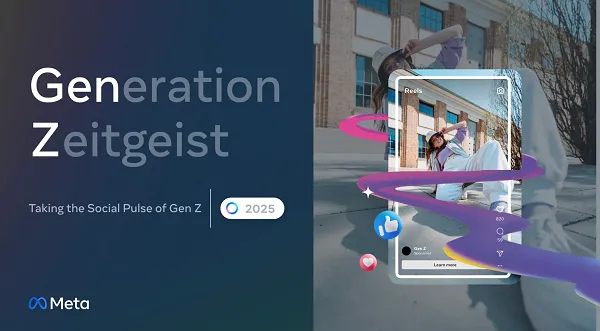






















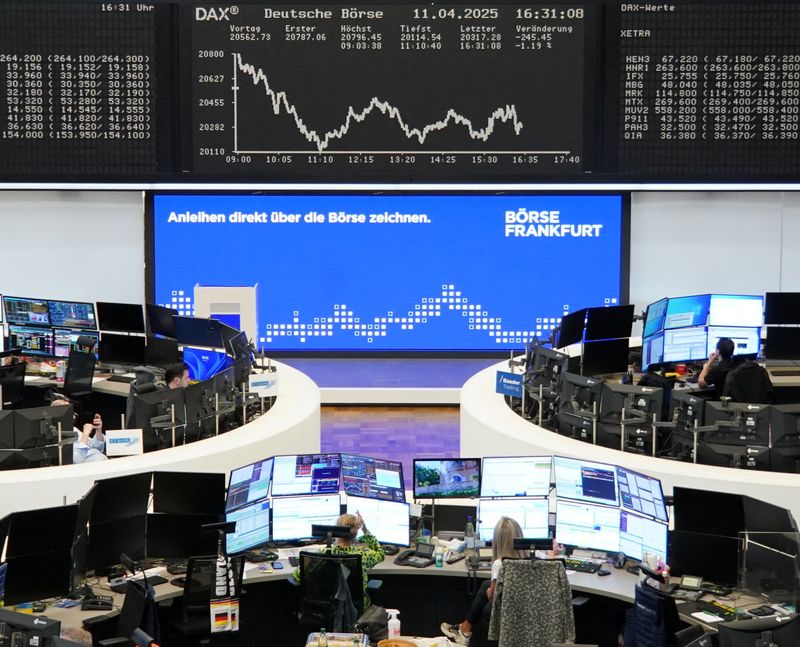









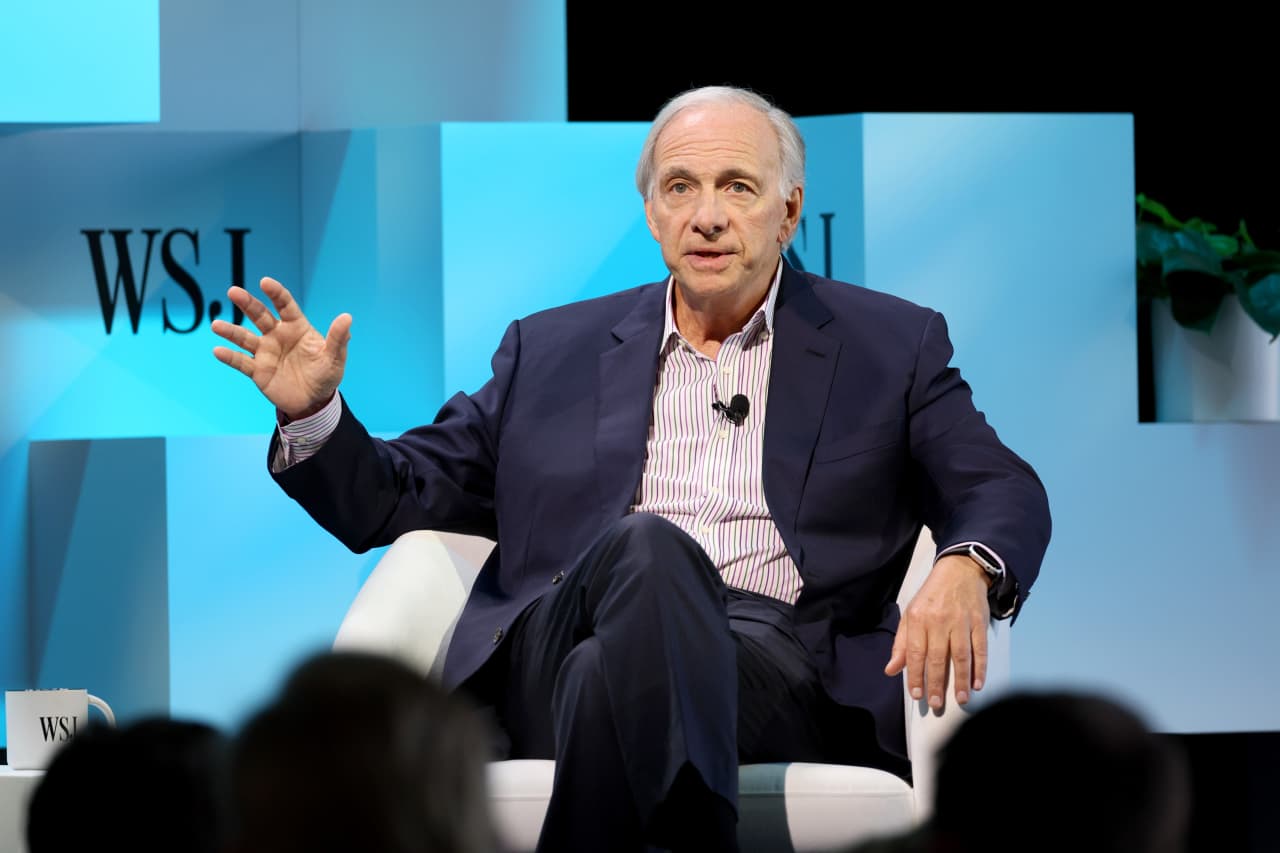
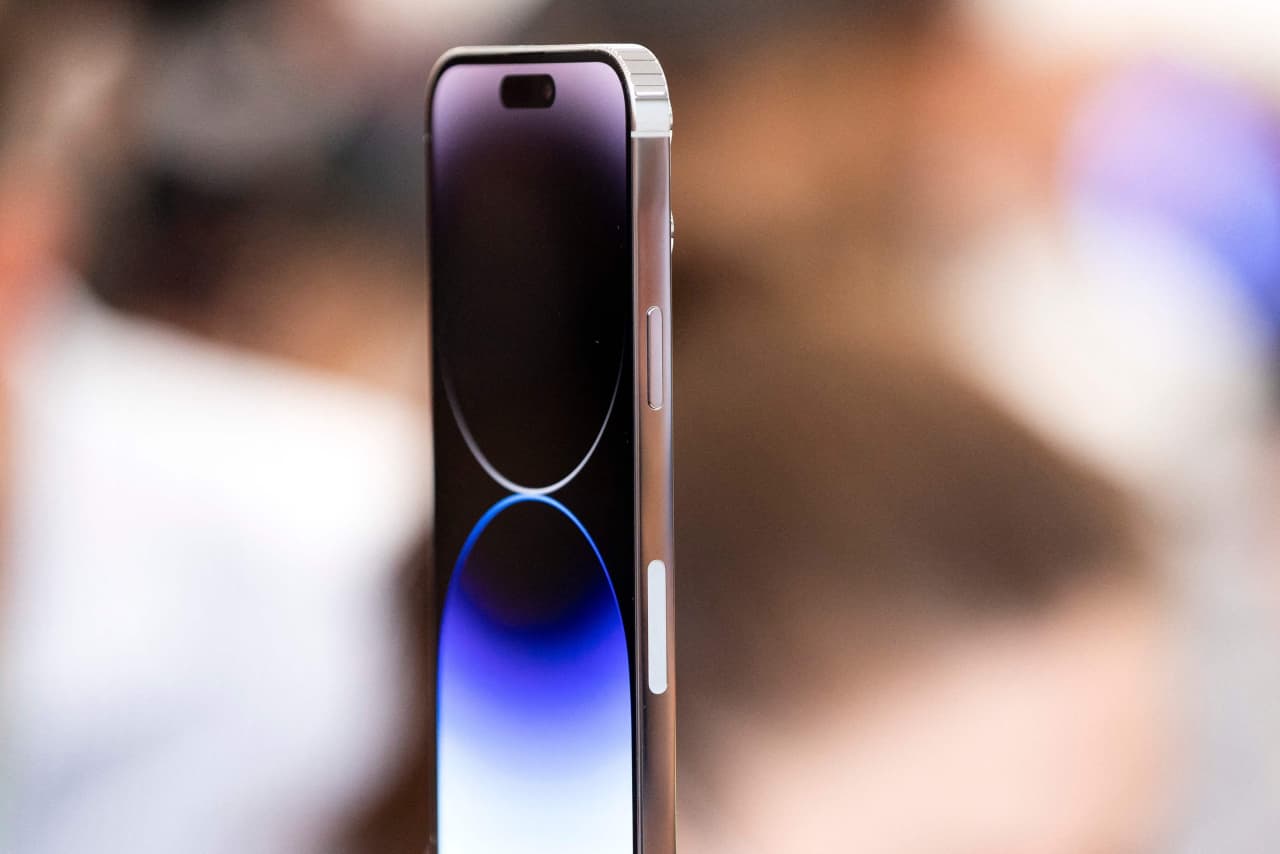

















































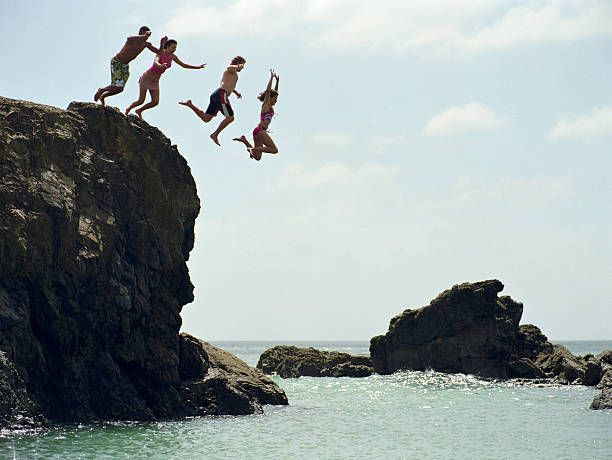






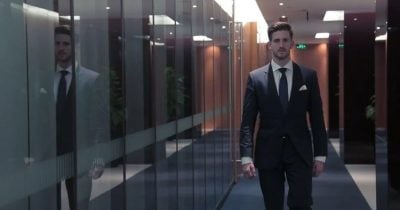











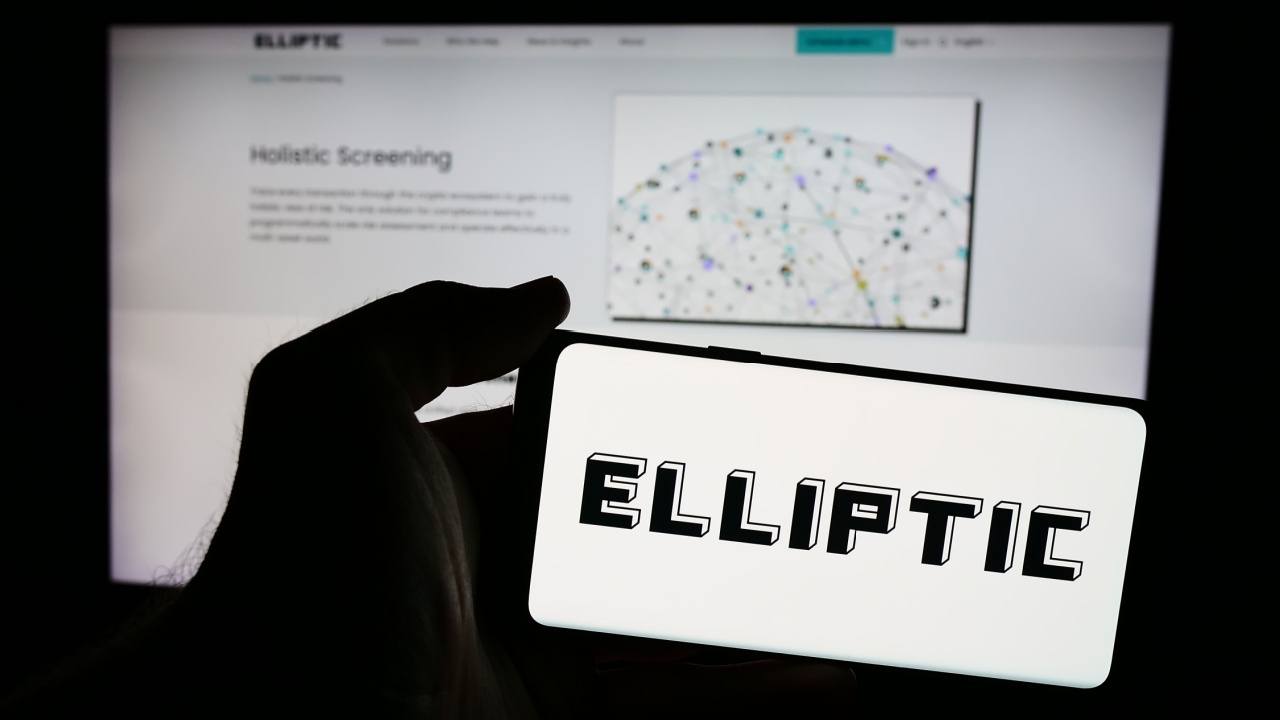








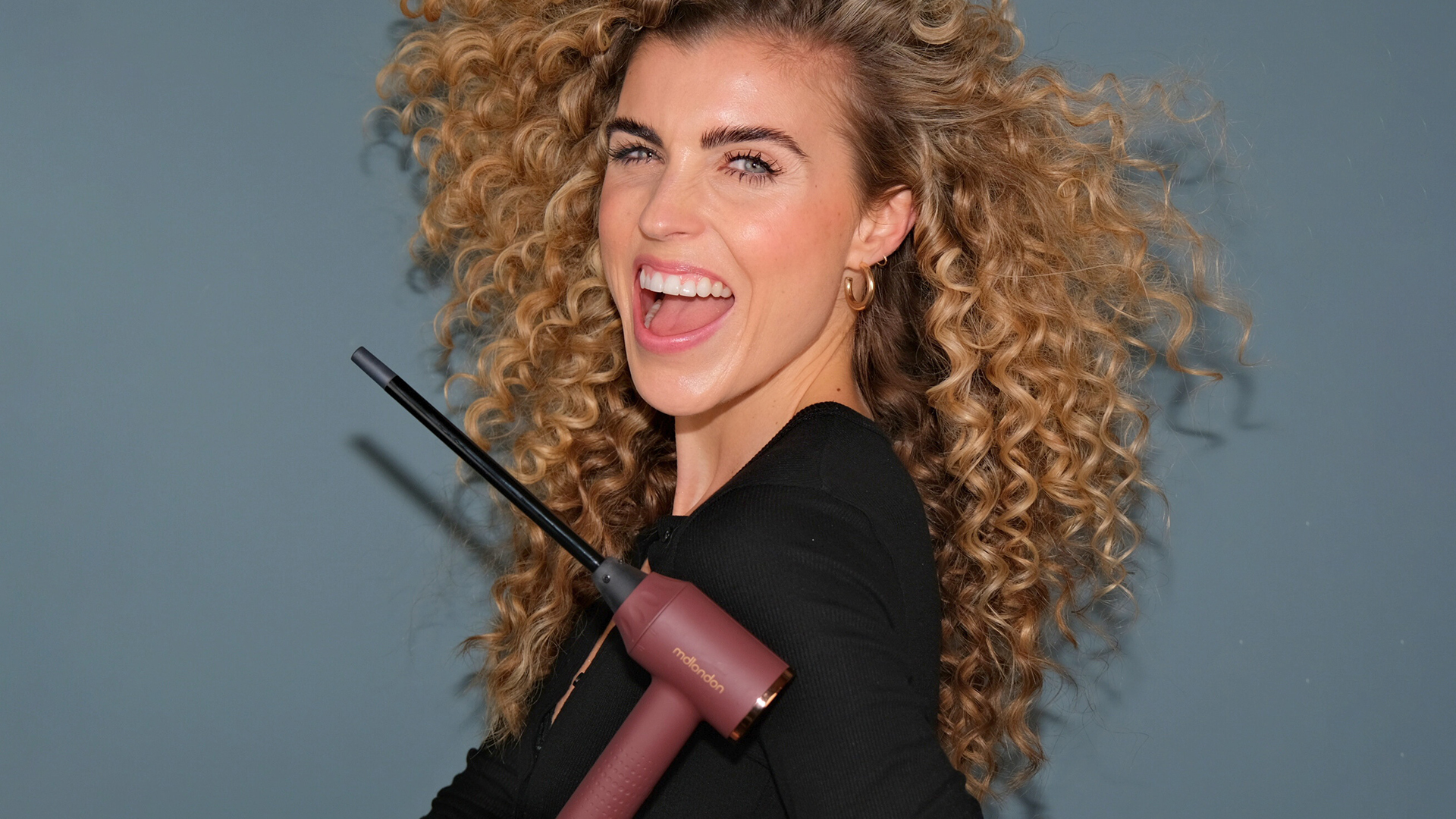

































































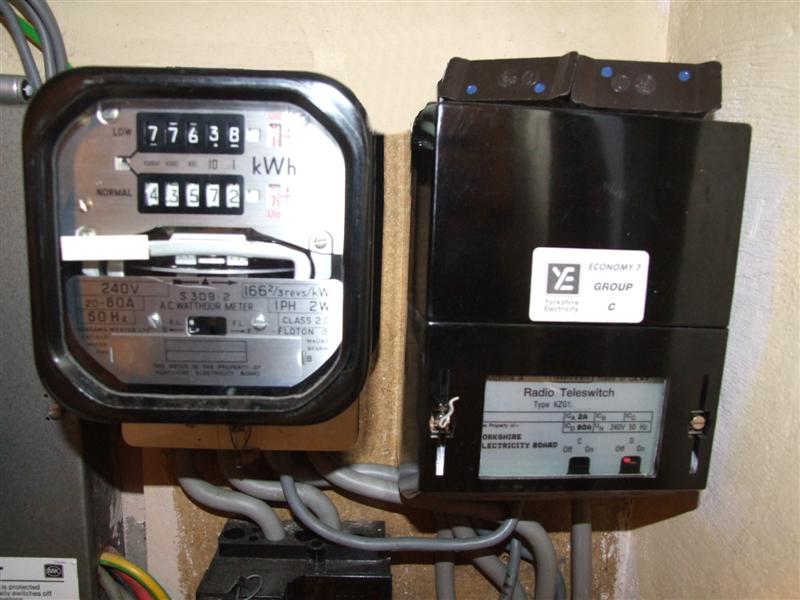




![How to Find Low-Competition Keywords with Semrush [Super Easy]](https://static.semrush.com/blog/uploads/media/73/62/7362f16fb9e460b6d58ccc09b4a048b6/how-to-find-low-competition-keywords-sm.png)


